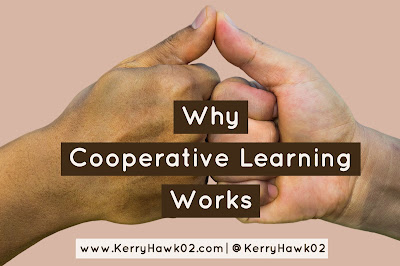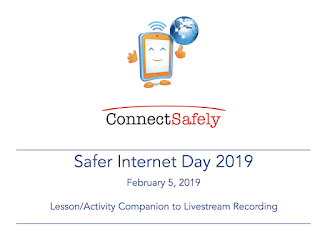Do You Have a Creative Classroom? Here's What You Need to Know about Copyright

Click the image above to see ConnectSafely's full guide and quick guide to Creativity and Copyright. Both were co-authored by Larry Magid and Kerry Gallagher. Design work by Maureen Kochan. The article below is cross posted from the ISTE Blog . When it comes to plagiarism, teachers have no trouble identifying it and dealing with it. But copyright law is another story. It’s an area where teachers are a little less confident. But it is something they need to know, not only to stay on the right side of the law, but also to help students protect their own work, says Kerry Gallagher, assistant principal for teaching and learning at St. John’s Prep in Massachusetts. “We think of plagiarism as it’s our ethical obligation to give credit for work done for ideas that have been put down in printed form,” Gallagher said. “We do this by adding a bibliography or a work cited to any product where we use those things. … “When it comes to copyright though, the law part, this really has n


